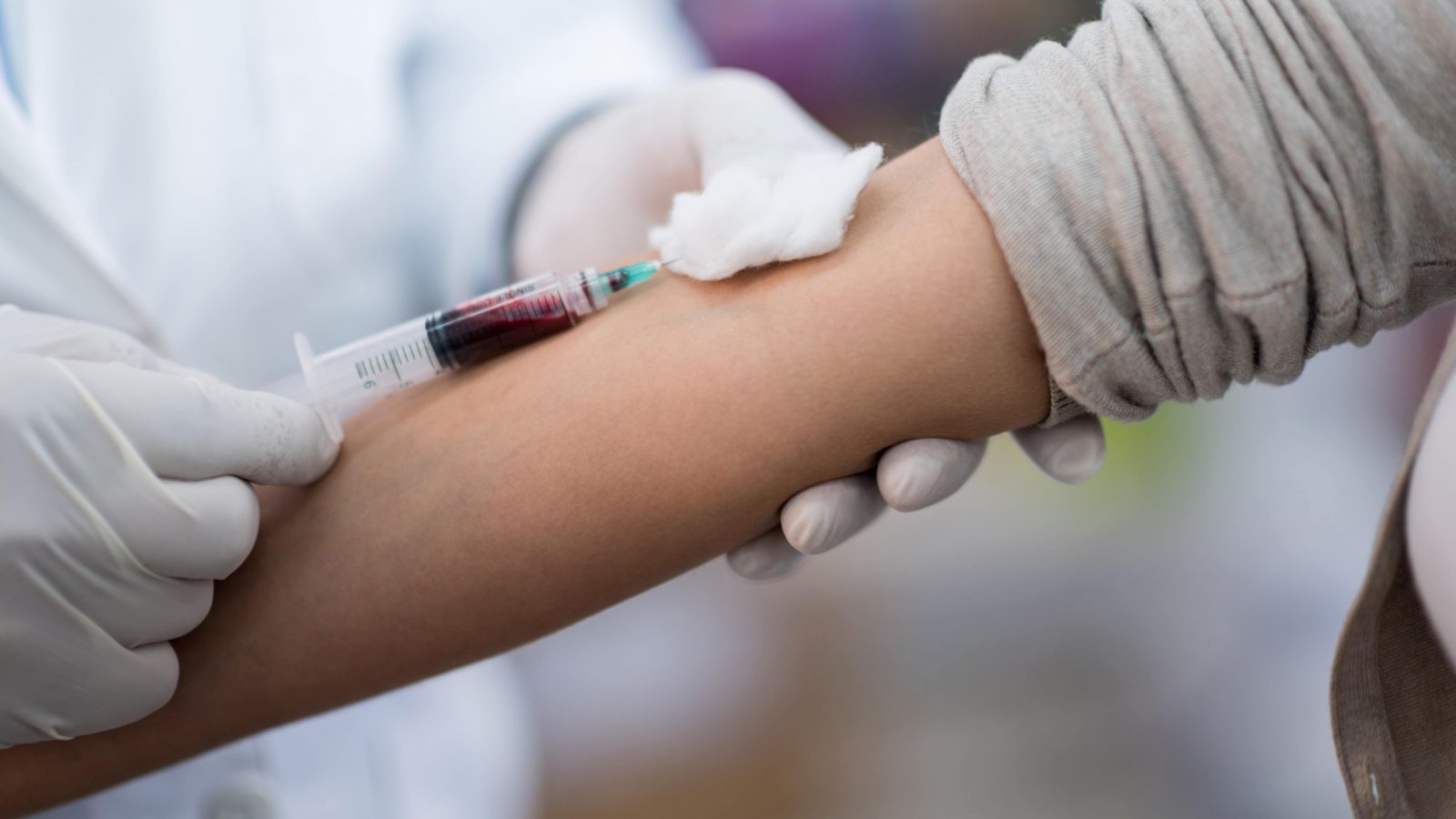
Blood Safety in India: Regulatory Mapping and Analysis
A scattered regulatory framework coupled with outdated laws, subordinate role of expert bodies, and non-uniform testing standards hamper blood safety in India
Context
Thalassemia Patients’ Advocacy Group (TPAG) has been working on the cause of Blood Safety since 2017. One of the objectives of their Blood Safety Mission is to study regulatory gaps with respect to blood safety in India. To this end, TPAG approached the Vidhi Centre for Legal Policy (Vidhi) to map the current regulatory framework in India and measure it against international best practices, highlighting the gaps, if any.
As part of this study, Vidhi reviewed statutes, rules, regulations, executive orders/notifications, guidelines, policies, reports, judgments, and literature related to the regulatory aspect of blood safety in India. To compare it with international best practices, World Health Organization’s (WHO) Assessment Criteria for National Blood Transfusion System have been applied. Out of a total of fourteen criteria set out in the tool, the study applies six criteria and their associated indicators. These selected criteria directly relate to the regulatory landscape or the national regulatory system, national regulatory authority, licensing or registration of blood establishments, approval of blood and blood components, regulatory inspections and enforcement activities, and vigilance systems.
Key findings
The broad issues with the blood regulatory framework that have emerged out of this analysis are the following:
- Primarily, the Indian regulatory system relies on the outdated architecture of the Drugs and Cosmetics Act, 1940 (D&C Act) without taking into consideration the rapid changes in the field of blood safety.
- Further, the Central Drug Standard Control Organisation (CDSCO), being the regulatory authority for giving approval to all drugs including blood and blood products, does not have the relevant expertise in this field. While an expert technical body the National Blood Transfusion Council (NBTC) was set up following Supreme Court directions in this regard, it is not formally incorporated in the D&C Act or the corresponding Drugs and Cosmetics Rules, 1945. The NBTC acts as the apex policy body with respect to blood transfusion services. However, there is uncertainty about the binding nature of guidelines and standards issued by the NBTC and the State Blood Transfusion Councils (SBTCs).
Other specific issues that have emerged are:
- To ensure safe blood, blood banks must be required to observe rigorous rules regarding donor selection. However, it appears that the more formal criteria are to be found primarily in non-binding standards/guidelines, not in the pre-requirements for licensing of blood banks. While professional donors (who accept remuneration) have been legally banned in India, a large pool of blood in India is still donated by replacement donors instead of voluntary donors. In the case of replacement donation, relatives of patients in need of blood are asked by hospitals to arrange for the same expeditiously. This blood is not used for the patient herself, but is intended as a replacement for the blood that is actually used. Despite regulatory amendments that now allow a wider range of institutions including hospitals to organise blood donation camps, most hospitals continue to resort to replacement donation by friends or families of patients. This increases the chances of Transfusion Transmitted Infections (TTIs) as voluntary non-remunerated donors are considered as the safest.
- No specific tests are mandated by the current regulatory framework to test donated blood for TTIs. Blood banks adopt different technologies as per their convenience and infrastructure, which leads to non-uniform standards of blood safety across India.
Way forward
As a way forward towards reforming the regulatory architecture, India needs to update its blood regulatory framework regularly with respect to newer developments regarding both TTIs and testing technologies to detect them. Further, technical expert bodies NBTC and SBTSc should be given a formal role in the blood regulatory framework by involving them in the licensing process, and formally incorporating the guidelines and standards issued by them in the D&C Rules, making them binding in nature.
To enhance blood safety, replacement donations should not merely be discouraged but it should be a pre-condition for granting blood banks a no-objection certificate. Centralised collection and testing of blood banks with well-defined transport infrastructure and regional storage centres will also go a long way towards ensuring blood safety. These measures will ensure uniform testing standards across India along with a central repository of voluntary regular donors who are considered to be the safest.




